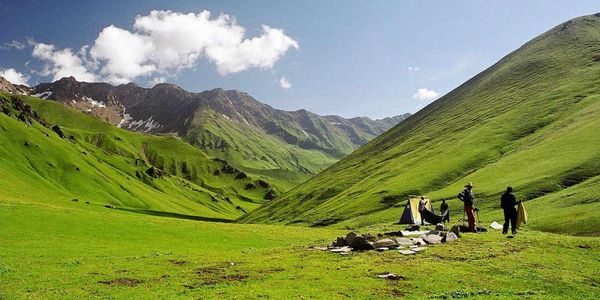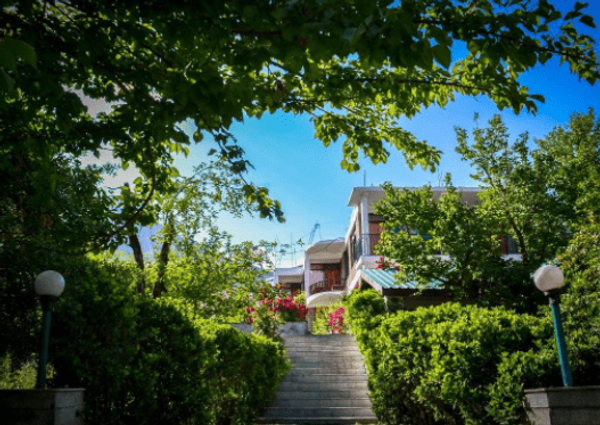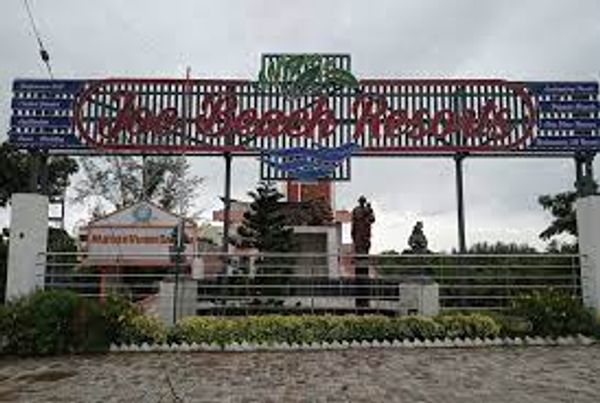Rupin Pass Trek: Breathtaking Views and Untamed Wilderness Await
 Palakshi Meharwal
03 Feb, 2025
10 mins read
451
Palakshi Meharwal
03 Feb, 2025
10 mins read
451

If you're an adventure enthusiast seeking an unforgettable trekking experience in the Indian Himalayas, the Rupin Pass trek should be on your bucket list. Known for its stunning landscapes, dramatic views, and unique challenges, the trek promises an unparalleled journey through dense forests, alpine meadows, and high-altitude snowfields. Here’s everything you need to know about this awe-inspiring trek and why it should be your next adventure.
What Makes the Rupin Pass Trek So Special?
The Rupin Pass Trek offers a variety of experiences that attract trekkers from around the world. One of the most remarkable aspects of this trek is its diversity. The journey spans across several terrains, each more breathtaking than the last. From lush green valleys and dense pine forests to rocky, snow-covered passes, the trek offers a little bit of everything.
The highlight of the trek is undoubtedly the Rupin Pass itself, situated at an elevation of around 4,650 meters (15,255 feet). Standing atop this pass provides an overwhelming sense of accomplishment, with panoramic views of the snow-capped peaks and the surrounding valleys stretching out before you. The trek is not just a physical challenge but a visual feast, with every turn offering a new, awe-inspiring view.
A Journey Through Untamed Wilderness
The trek begins at Dhaula, a picturesque village in the state of Uttarakhand. As you venture deeper into the wilderness, the lush greenery gives way to rocky terrains and alpine meadows. The landscape changes as you gain altitude, taking you through dense oak and pine forests, along sparkling streams, and across steep ridges. One of the most notable features of the trek is its pristine, untouched nature. There are few settlements along the route, and you’ll find yourself completely immersed in the natural beauty of the region.
Trekking Difficulty and Challenges
The Rupin Pass Trek is considered a moderately difficult trek. While it is accessible to those with previous trekking experience, it is still a demanding journey. The trail includes steep ascents, rocky terrains, and sections with unpredictable weather. The climb to the pass itself can be challenging, especially in the snow. However, the views from the top make every step worth it.
Due to its difficulty, it is recommended to be physically fit and acclimatized before attempting the trek. Most trekkers will complete the journey in around 6-7 days, depending on the pace. Along the way, you’ll also be crossing several streams, navigating through snowfields, and encountering breathtaking waterfalls, adding to the sense of adventure and excitement.
The Rupin Pass Trek Itinerary
The trek is typically done in a 6-7 day itinerary, which is a good balance between challenging yourself and taking time to appreciate the surroundings. Here’s a general outline of the itinerary:
Day 1: Dhaula to Sewa The journey begins with a drive from Dhaula to Sewa, a small village. This marks the first day of the trek, which gradually introduces you to the scenic landscapes of the region.
Day 2: Sewa to Jhaka This stretch of the trek offers stunning views of the surrounding valleys. You will pass through dense forests, steep ridges, and cross several small streams. The village of Jhaka is perched at a high altitude and offers a great spot to set up camp for the night.
Day 3: Jhaka to Rupin Pass Base Camp Today’s journey takes you to the base camp of Rupin Pass, where the real adventure begins. Expect steep ascents and challenging terrain as you approach the foot of the pass.
Day 4: Rupin Pass Base Camp to Rupin Pass This is the most demanding day of the trek, with a climb that will test your endurance and strength. The pass itself is covered in snow, and the final push can be quite difficult. However, the satisfaction of reaching the top and soaking in the panoramic views is unmatched.
Day 5: Rupin Pass to Upper Waterfall Camp After summiting Rupin Pass, the descent begins. You will pass through snowfields and dense forests, with several stunning waterfalls along the way.
Day 6: Upper Waterfall Camp to Sangla The final day involves a descent through forests and meadows, with beautiful views of the valleys. Sangla, the end point of the trek, is known for its scenic beauty and tranquil atmosphere, making it a perfect place to rest and reflect on the journey.
Best Time to Trek Rupin Pass
The best time to embark on the Rupin Pass trek is during the summer months, from May to June, and during the autumn months, from September to October. These months offer favorable weather conditions with clear skies and manageable temperatures. During winter (December to February), the pass is covered in thick snow, making the trek much more challenging and suitable only for experienced trekkers.
Packing Essentials for Rupin Pass Trek
When preparing for the Rupin Pass Trek, packing the right gear is crucial. Here's a checklist of essential items to ensure you’re fully equipped for the journey:
- Clothing: Layered clothing is recommended, as temperatures can vary greatly. Carry thermal wear, trekking pants, waterproof jackets, gloves, and a warm hat.
- Footwear: Sturdy, waterproof trekking shoes with good grip are a must for rocky and slippery terrains.
- Sleeping Gear: A sleeping bag rated for cold weather, along with a comfortable mat.
- Trekking Poles: These will help with stability, especially during the steep climbs and descents.
- Water & Snacks: Carry a water bottle and high-energy snacks like nuts, trail mix, and energy bars.
- First-Aid Kit: Include essential medications, a bandage, antiseptic cream, and pain relievers.
Why Choose the Rupin Pass Trek?
- Spectacular Views: From alpine meadows to snow-covered peaks, the views are simply breathtaking. Every day offers something new and beautiful.
- Varied Terrain: The trek takes you through forests, rivers, waterfalls, and snowfields, making it a varied and exciting experience.
- Adventure and Solitude: With few trekkers on the route, you’ll enjoy a sense of solitude, letting you connect with nature in its purest form.
Conclusion
The Rupin Pass Trek is a challenging yet rewarding adventure that showcases the best of the Indian Himalayas. With its stunning vistas, diverse landscapes, and sense of untouched wilderness, it’s an experience like no other. Whether you're an experienced trekker or a passionate beginner ready to take on a challenge, this trek offers a perfect blend of adventure, beauty, and tranquility.
Written By:
Palakshi Meharwal



Hotels at your convenience
Now choose your stay according to your preference. From finding a place for your dream destination or a mere weekend getaway to business accommodations or brief stay, we have got you covered. Explore hotels as per your mood.


